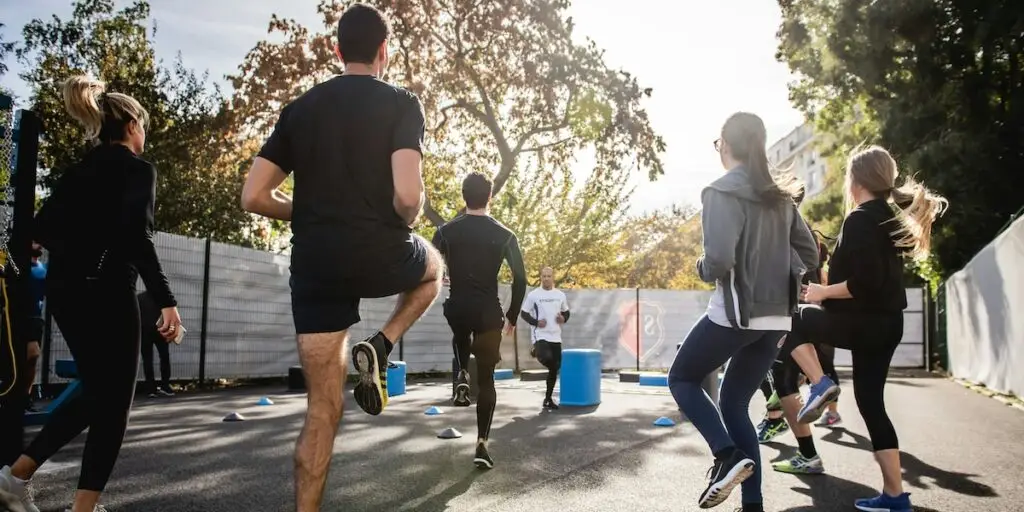A torn meniscus is a common knee injury that can cause pain, swelling, and instability. While exercise and physical therapy are crucial for recovery, certain movements can actually worsen the injury or delay healing. Knowing which exercises to avoid is essential to protect your knee and promote optimal recovery.
Why Exercise Selection Matters
The meniscus acts as a shock absorber between your thigh bone (femur) and shin bone (tibia). When torn, it becomes vulnerable to further symptoms, especially during activities that put excessive stress on the knee joint. Repeated twisting, pivoting, or high-impact movements are common causes of meniscal tears and can aggravate an existing injury if not avoided during recovery.
Exercises and Activities to Avoid
1. Deep Squats and Lunges
Movements that require bending the knee deeply, such as full squats or lunges, put significant pressure on the meniscus. These exercises can worsen pain and increase the risk of additional tearing, especially if performed with poor form or added weight.
2. Twisting and Pivoting Movements
Sports and exercises that involve sudden changes in direction—like basketball, soccer, or tennis—are risky. These activities often require quick pivots and turns, which can catch the torn meniscus and cause further injury.
3. High-Impact Activities
Running, jumping, and plyometric exercises place repetitive, high-impact forces on the knee. These should be avoided until your knee has healed and you’ve been cleared by your physician or physical therapist.
4. Leg Extensions (Open Chain Knee Extension)
Open chain knee extension exercises, especially with resistance (such as using a leg extension machine), can strain the meniscus especially if the knee is swollen and irritate the patella and are generally not recommended during the early stages of recovery.
5. Heavy Weightlifting
Any exercise that involves heavy loading of the knee joint—such as heavy squats, deadlifts, or leg presses—should be postponed. The added force can exacerbate swelling and instability.
Safe Alternative Exercises
Instead of high-risk activities, focus on gentle range-of-motion and strengthening exercises that don’t place excessive stress on the knee. Quad sets, heel slides, and ankle pumps are some safe options during the initial phase of recovery. Often use of a stationary bike can improve symptoms.. As healing progresses, a physical therapist can guide you through a tailored program to gradually restore strength and mobility.
The Importance of Professional Guidance
Every meniscus tear is unique, and your rehabilitation plan should be individualized. Always consult with your orthopedic surgeon or physical therapist before starting or modifying your exercise routine. Ignoring pain or pushing through discomfort can lead to more serious knee problems and prolong your recovery.
Get more detailed information on meniscus injuries and recovery.
The following are additional posts to help you research your next steps:
- How To Know When You Should Have a Torn Meniscus Surgically Repaired
- Medial Meniscus Root Repair With Implantable Shock Absorber Placement
- Study on Medial Meniscus Posterior Root Tears
- Patient Information: Meniscectomy/Arthroscopy/Chondroplasty/Biopsy (PDF)
- Patient Success Story: Skier with ACL Tear and Meniscus Tear
- Patient Success Story: Medial Meniscus Tear and Arthroscopic Repair
- How Do You Know When To Take Your Knee Injury Seriously?
- Frequently Asked Questions
Photo by Gabin Vallet on Unsplash

